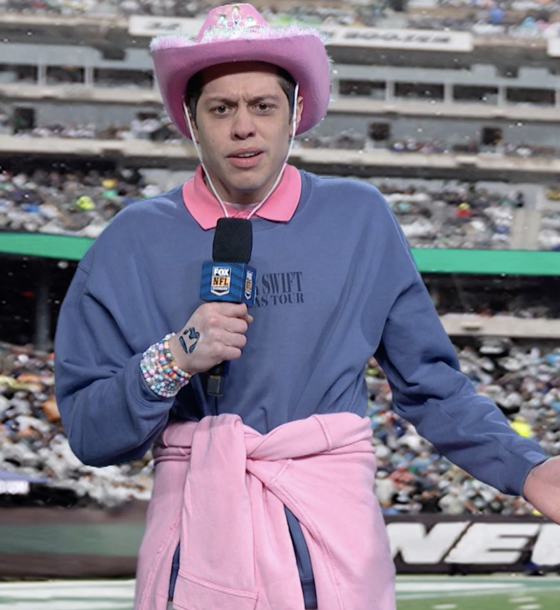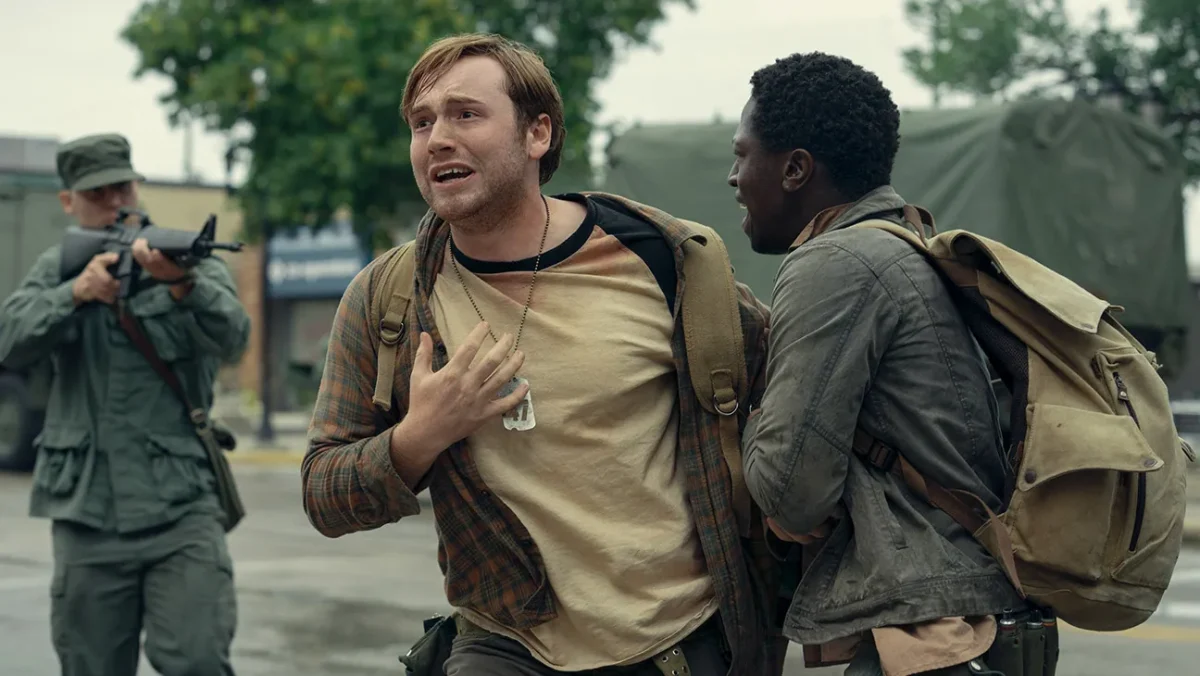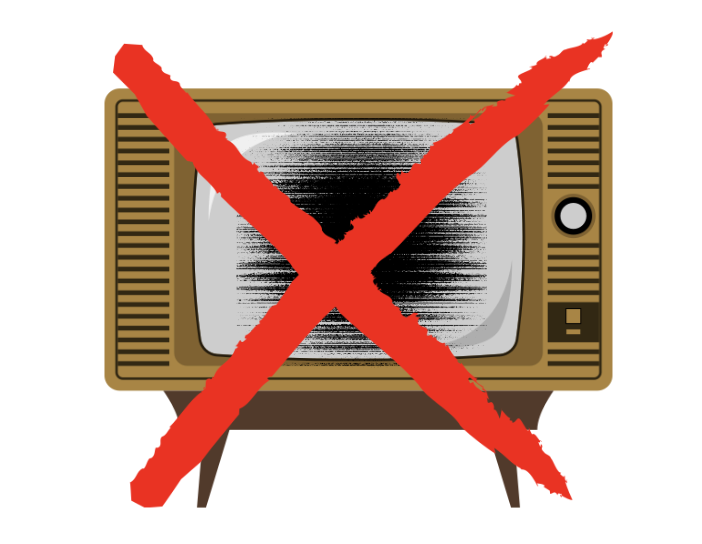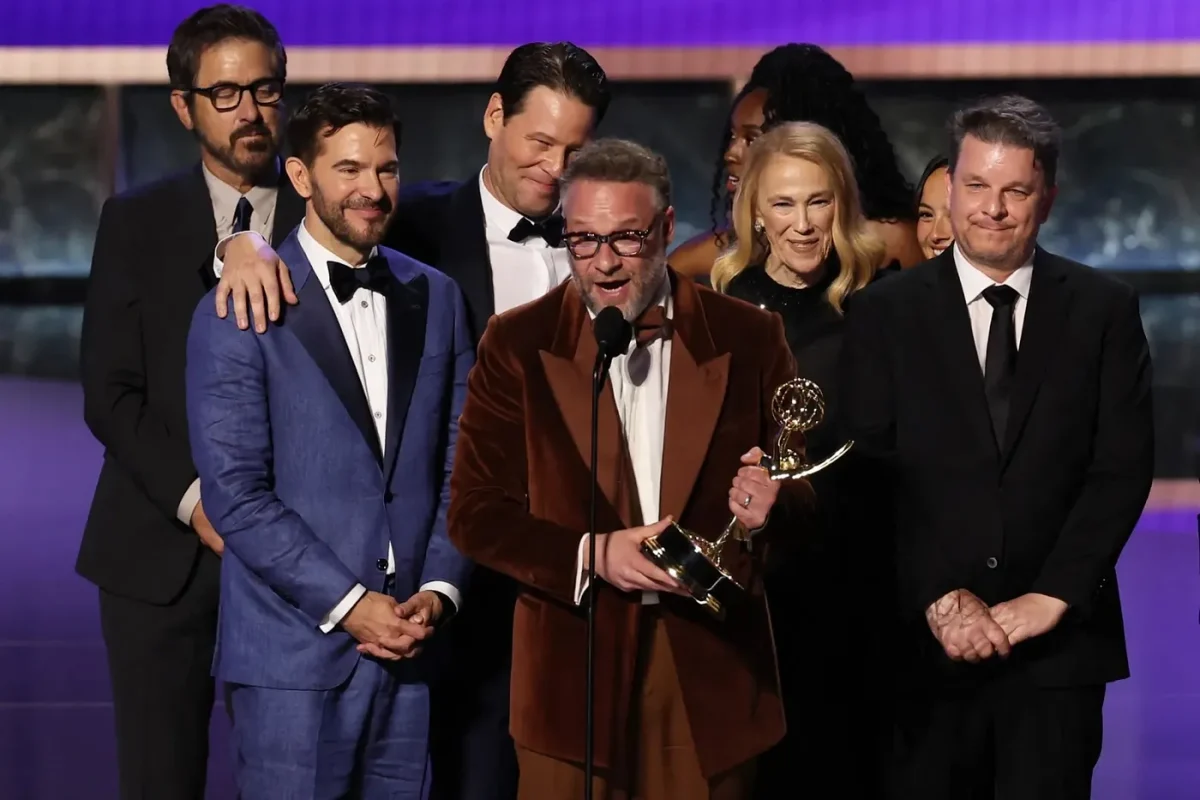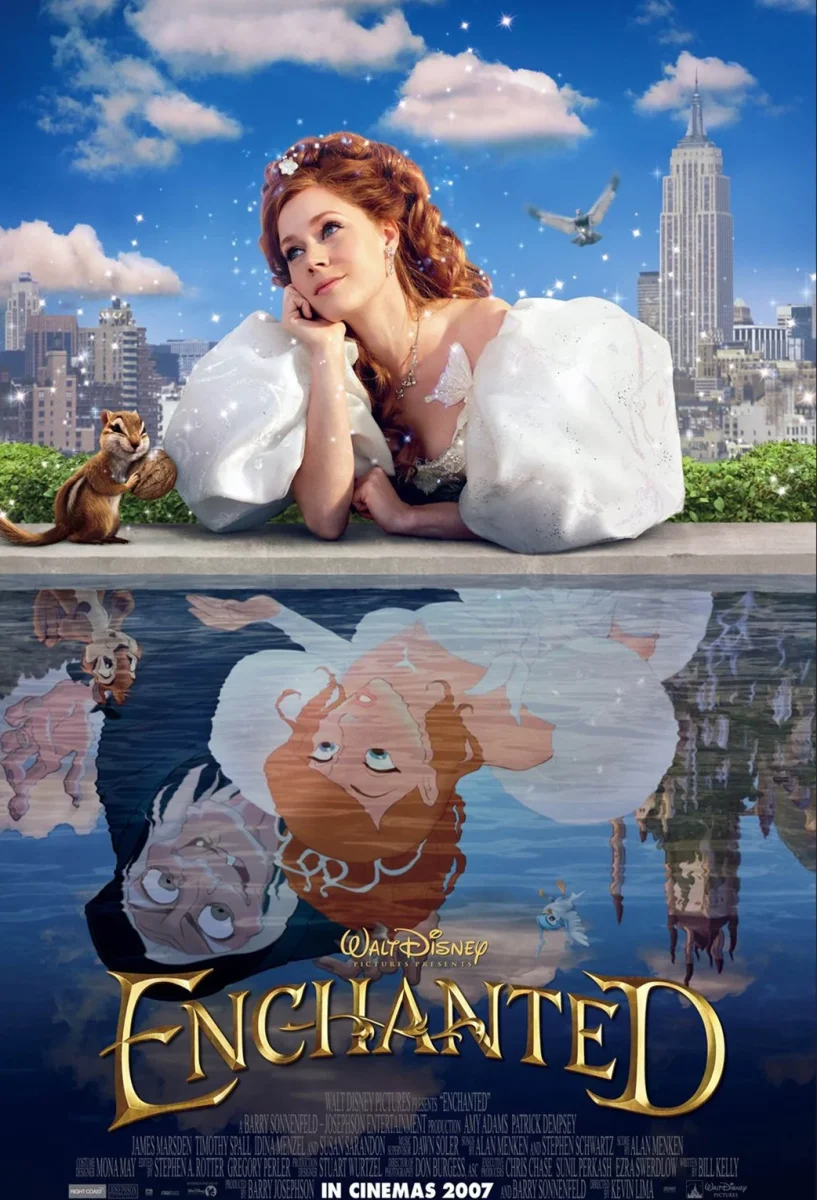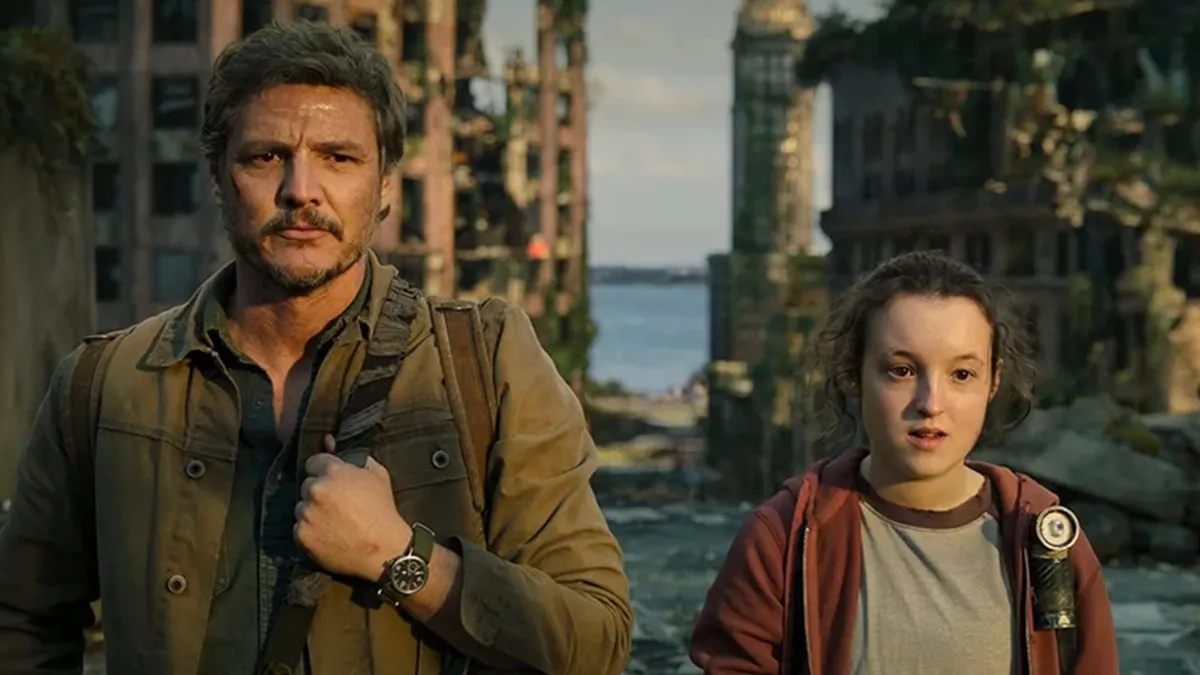The Writer’s Guild of America (WGA) voted to ratify their new contract with the Alliance of Motion Picture and Television Producers (AMPTP) on Oct. 9, bringing a historic writer’s strike to an official end. Less than a week after the strike ended, many late-night television programs resumed production, including “The Late Show with Stephen Colbert,” “The Tonight Show Starring Jimmy Fallon,” “Jimmy Kimmel Live!” and “Late Night with Seth Meyers.”
On May 2, all members of the WGA put their pencils down and began a strike that lasted 148 days, making it one of the longest strikes in the union’s history. The new three-year WGA contract includes success-based residuals for television programs on streaming platforms, a minimum number of writers in writer’s rooms based on the show’s number of episodes and limitations on the use of Artificial Intelligence during the writing process. The AMPTP will also provide the WGA with confidential viewership data based on hours watched to ensure that writers are being paid in accordance with their show’s success.
Since late-night television programs depend heavily on their writers to produce jokes and segments for the shows, all of them went dark during the strike. The shows moved quickly to get production back up and running after the strike ended, and all went back on the air Oct. 2, just five days after the WGA made their agreement with the AMPTP. Late-night television shows are often written quickly and are filmed the same day they are broadcast, which allows the shows to resume production almost immediately, unlike other scripted television shows. One of the terms in the WGA’s contract requires a minimum number of writers in writer’s rooms that increases slightly based on the number of episodes per season. Since late-night television shows run year-round, this could have a huge impact on the size of the writers rooms on these shows.
Seth Meyers began his first episode back on the air with an hour-long version of his political segment “A Closer Look.” Meyers thanked WGA leadership for taking the time to make a fair deal with the AMPTP, and stated “I am so happy to be back in a room with my writers. I missed my writers so much.” He also thanked his fellow late-night hosts Jimmy Fallon, Jimmy Kimmel, John Oliver and Stephen Colbert, and said that “being on the same page with them made a very hard period a lot easier to deal with.” Meyers, Fallon, Kimmel, Oliver and Colbert hosted a podcast together during the strike called “Strike Force Five” to raise money for their out of work staff. The podcast is still available to listen to on Spotify. Fallon also thanked his fellow late-night hosts, and Colbert began his first episode back with a sketch about spending his time during the strike in the middle of the ocean and receiving his news from a dolphin. When the dolphin tells him the strike is over and that the issues surrounding the use of AI have been resolved, Colbert jokes, “So Artificial Intelligence can be used, but it can’t be credited as a writer or be a source of literary material? That makes sense. Why did that take five months?”
Other late-night programs such as “Saturday Night Live” are also set to resume production in the near future. Pete Davidson will host the show Oct. 14 for the first episode of season 49 with rapper Ice Spice as a musical guest. While the WGA has reached an agreement with the AMPTP, the Screen Actors Guild – American Federation of Television and Radio Artists (SAG-AFTRA) remains on strike. However, “Saturday Night Live” falls under SAG-AFTRA’s Network Television Code, which covers talk shows and reality TV performers. The SAG Net Code is an independent contract that does not fall under the SAG-AFTRA strike and television shows under this contract will not break the strike by returning to air. This contract allows “Saturday Night Live” to return to air despite the fact that many of the show’s repertory players and hosts are SAG members.

